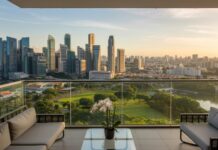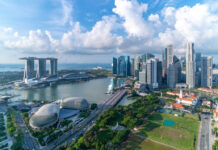
In the vibrant city of Singapore, where modernity meets tradition, the art of transforming homes into spaces that reflect personal style, comfort, and efficiency has taken center stage.
Renovation and interior design in Singapore is not just about beautification; it’s a strategic approach to adding value to properties in a market known for its high standard of living and competitive real estate scene. This detailed exploration delves into the latest trends, offering insights into how homeowners and investors can enhance their properties to stand out and yield significant returns.
Table of Contents
The Essence of Contemporary Singaporean Design
Singapore’s interior design scene mirrors its cultural diversity and technological advancement. The contemporary Singaporean design ethos is marked by minimalism, functionality, and sustainability. Check out Emerald of Katong for more information!
This blend is not just aesthetically pleasing but also practical, catering to the demands of urban living. Spaces are designed to be clutter-free, with an emphasis on open, breathable areas that promote relaxation and well-being. The use of smart technology for home automation is increasingly prevalent, allowing residents to manage their living environments for maximum comfort and efficiency.
Sustainability and Eco-Friendly Materials
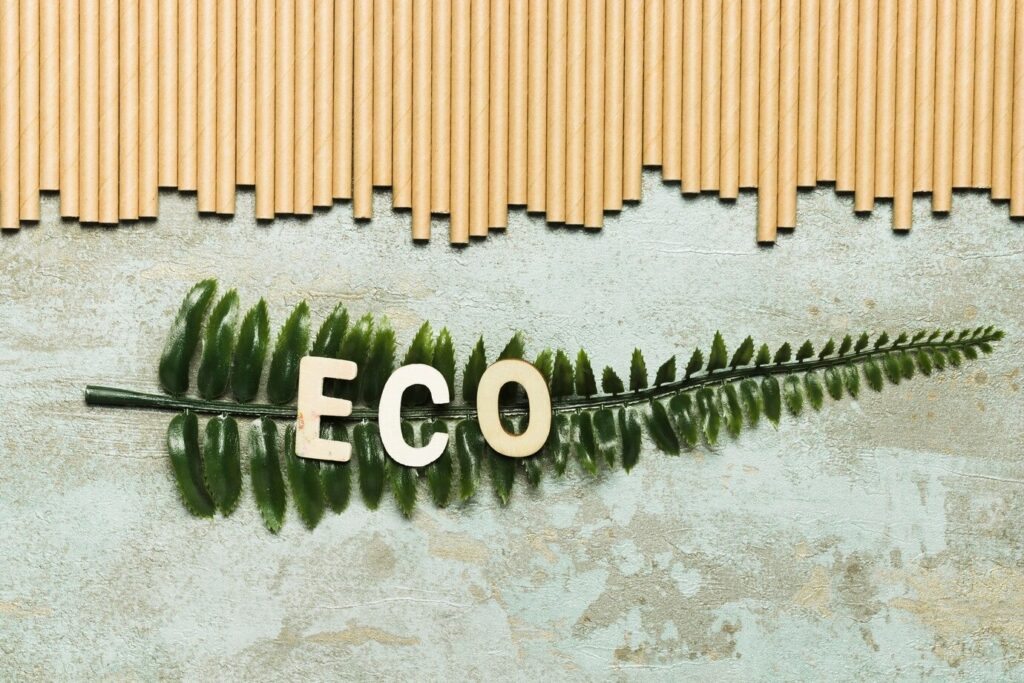
As awareness of environmental issues grows, so does the inclination towards sustainable renovation and design practices. In Singapore, this trend is manifesting through the use of eco-friendly materials and energy-efficient designs. Materials such as bamboo, recycled wood, and eco-paint are becoming popular choices for their minimal environmental impact and natural aesthetics.
Moreover, incorporating green spaces within interiors—whether through indoor gardens, vertical plant walls, or balcony herb boxes—enhances air quality and brings a touch of nature into the urban home.
The Rise of Smart Homes
The smart home trend is revolutionizing the way Singaporeans live. Integrating technology into home design not only adds value but also aligns with the country’s vision of becoming a smart nation.
Automated systems for lighting, security, climate control, and entertainment are now standard expectations in modern homes. These systems offer convenience and efficiency, significantly reducing energy consumption and costs. The sophistication of smart homes in Singapore is a testament to the city-state’s innovation-driven approach to living spaces.
Space-Saving Solutions for Compact Living
In a country where space is a premium, maximizing the utility of every square foot is crucial. Innovative space-saving solutions are therefore a key focus in Singaporean interior design. Multi-functional furniture, built-in storage, and versatile layouts allow residents to enjoy spacious living even in compact apartments.
Designers are increasingly creative, embedding beds into walls, designing collapsible dining tables, and utilizing vertical space for storage, ensuring that small spaces are not only functional but also stylish.
Heritage and Modernity: A Creative Fusion
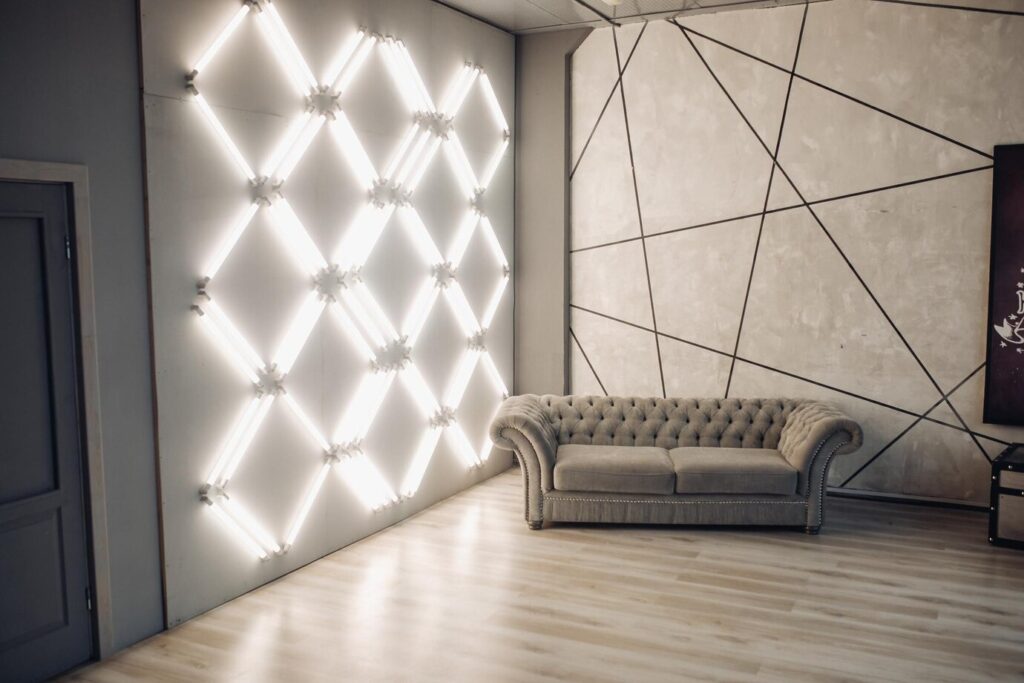
Singapore’s rich heritage is a vital source of inspiration for interior designers. The fusion of traditional elements with modern design creates unique, culturally rich living spaces. Peranakan tiles, colonial-style louvred windows, and Asian motifs can be seamlessly integrated into contemporary interiors, offering a nod to the past while embracing modern living standards. This trend speaks to the heart of Singapore’s identity, celebrating its history while looking forward to its future.
Personalization and Customization
Gone are the days of one-size-fits-all interiors. Today, personalization stands at the forefront of design trends in Singapore. Homeowners are seeking spaces that reflect their personal style, interests, and lifestyle needs.
Custom furniture, bespoke fittings, and personalized color schemes allow for the creation of unique spaces. Interior designers are leaning into this trend, offering tailored solutions that capture the essence of the occupants, ensuring that each home tells its own story.
Integrating Nature into Urban Spaces
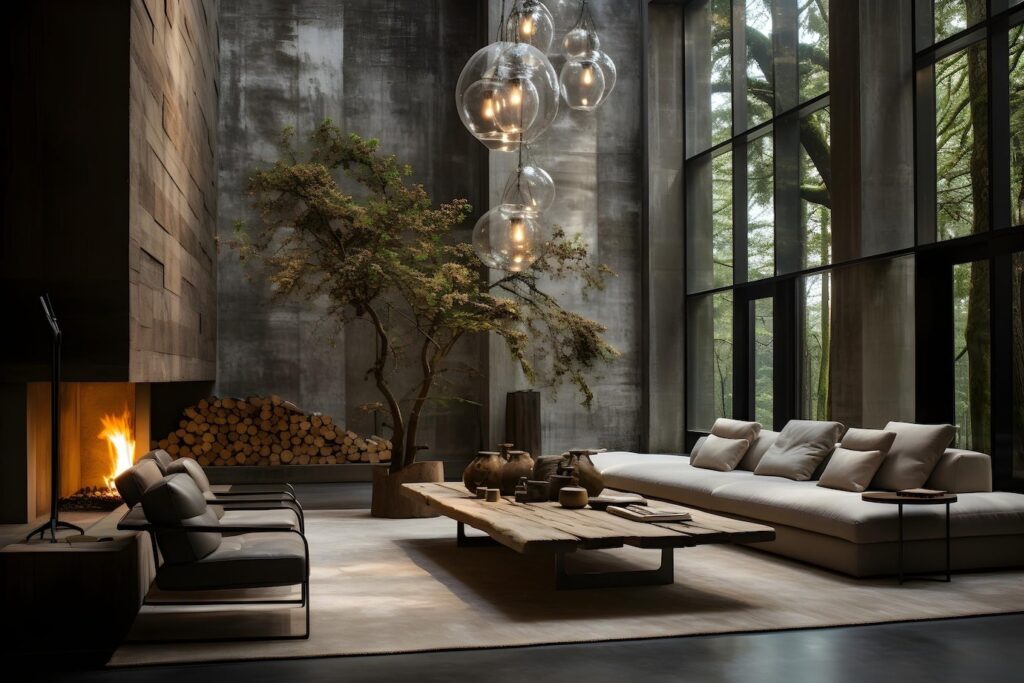
Singapore, often referred to as the “Garden City,” has a long-standing tradition of incorporating greenery into urban environments. This ethos extends into interior design, where the integration of natural elements within homes serves as a counterbalance to the bustling city life.
The use of indoor plants, natural wood finishes, and water features within homes not only purifies the air but also creates a serene and inviting atmosphere. This connection to nature is not only a design preference but also a reflection of a broader cultural appreciation for the environment, making properties more attractive to potential buyers or renters who value sustainability and wellness.
The Art of Lighting Design
Advanced lighting design goes beyond the functional aspect of illumination; it is an art that enhances the aesthetic appeal, mood, and spatial perceptions of an interior. In Singapore, designers are pushing the boundaries with innovative lighting solutions that accentuate architectural features, highlight art pieces, and create versatile spaces adaptable to different occasions.
The strategic use of ambient, task, and accent lighting, along with the adoption of smart lighting systems that allow for color and intensity adjustments, can transform any space, adding layers of sophistication and creating dynamic interiors that resonate with contemporary living.
Cultural Narratives in Design
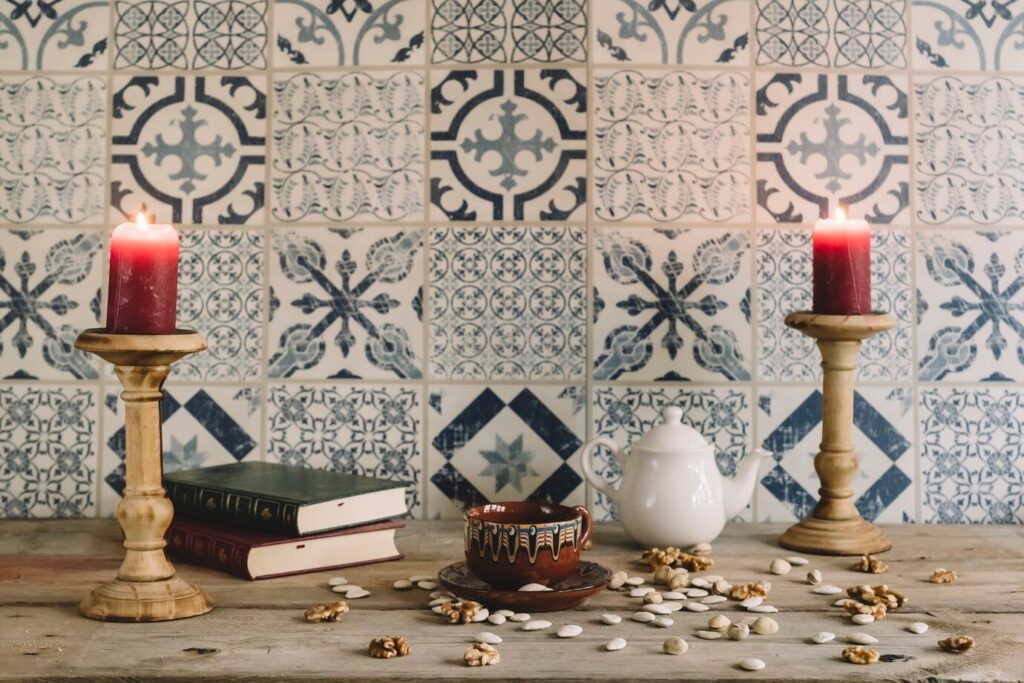
In a multicultural city like Singapore, interior design becomes a canvas for expressing cultural narratives and personal histories. The incorporation of ethnic crafts, artworks, and design elements into modern interiors offers a way to preserve cultural identities while embracing a global design language.
This trend towards culturally rich interiors not only adds depth and character to homes but also fosters a sense of belonging and connection among residents. For property owners, showcasing a distinctive cultural aesthetic can enhance the uniqueness and appeal of their space, making it more memorable in a competitive market.
Adaptive Reuse and Preservation
With Singapore’s urban landscape constantly evolving, the practice of adaptive reuse—converting old buildings into functional, modern spaces—has gained traction. This approach not only conserves historical architecture but also provides unique opportunities for innovative interior design.
By preserving original architectural elements and combining them with contemporary design, these spaces offer a unique blend of old and new that appeals to a wide audience. The emphasis on preservation and adaptive reuse reflects a growing appreciation for heritage in Singapore, adding value to properties by imbuing them with historical significance and charm.
Final Words
The landscape of renovation and interior design in Singapore is dynamic, reflecting global trends while staying true to local tastes and cultural heritage. The emphasis on sustainability, technology, space optimization, and personalization underscores a comprehensive approach to creating living spaces that are not just beautiful but functional, efficient, and environmentally responsible.
As Singapore continues to evolve, its interior design scene remains at the forefront of innovation, ensuring that homes not only add value but also enhance the quality of life for their inhabitants. In navigating these trends, homeowners and investors can make informed decisions that reflect current tastes while anticipating future developments, securing the lasting appeal and value of their properties in the bustling Singaporean market.

